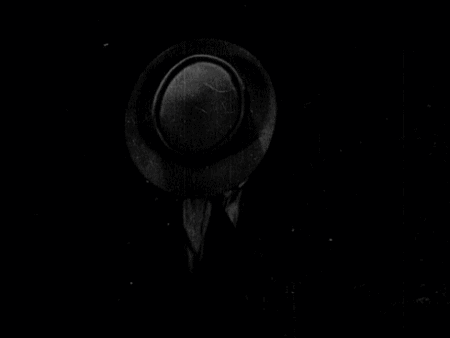by
Alex Belth |
January 11, 2013 1:42 pm |
No Comments

Over at Grantland, Jonathan Abrams has a piece about two veteran ball players, Jerry Stackhouse and Rasheed Wallace:
“You’re not going to beat Father Time,” Stackhouse said. “He’s going to catch up with us all. But I think we can manage him. I think that’s what I learned to do. Playing less minutes, absorbing a little less of a role than I would customarily want … taking my wants out of the equation and putting other people’s at the forefront.”
What Stackhouse said next grabbed my attention:
“When I was pushing, pushing, pushing for what I really wanted, it seemed like I never really got it.”
I think that’s right. We all feel that to some degree. When I’ve made a drawing or a painting or when I’ve written something, it’s never as good as I think it could be. Try Again. Fail Again. Fail Better–that’s what keeps us going.
I often come back to these words from William Faulkner:
As regards any specific book, I’m trying primarily to tell a story, in the most effective way I can think of, the most moving, the most exhaustive. But I think even that is incidental to what I am trying to do, taking my output (the course of it) as a whole. I am telling the same story over and over, which is myself and the world…I’m trying to say it all in one sentence, between one Cap and one period. I’m still trying to put it all, if possible, on one pinhead. I don’t know how to do it. All I know to do is to keep trying in a new way. I’m inclined to think that my material, the South, is not very important to me. I just happen to know it, and don’t have time in one life to learn another one and write at the same time. Though the one I know is probably as good as another, life is a phenomenon but not a novelty, the same frantic steeplechase toward nothing everywhere and man stinks the same stink no matter where in time.
[Picture by Joel Robison]























